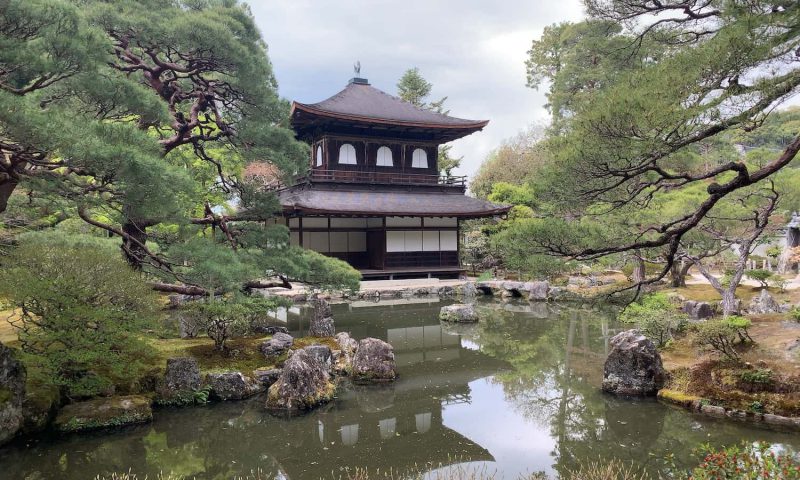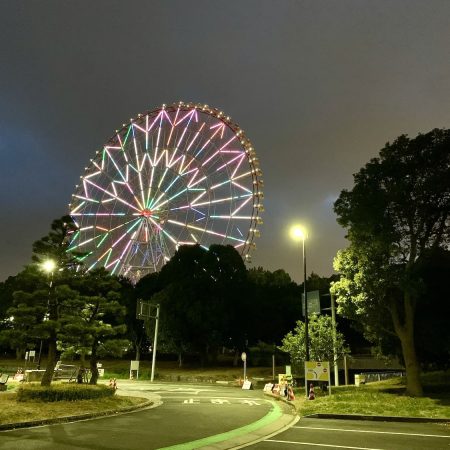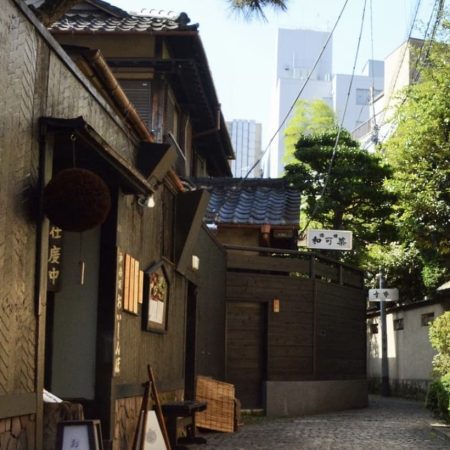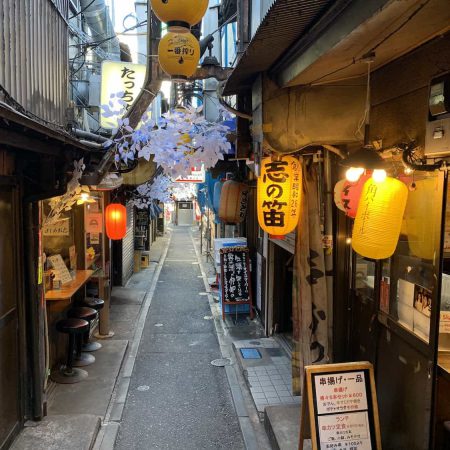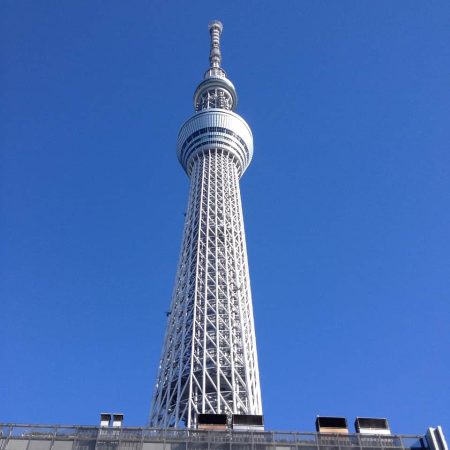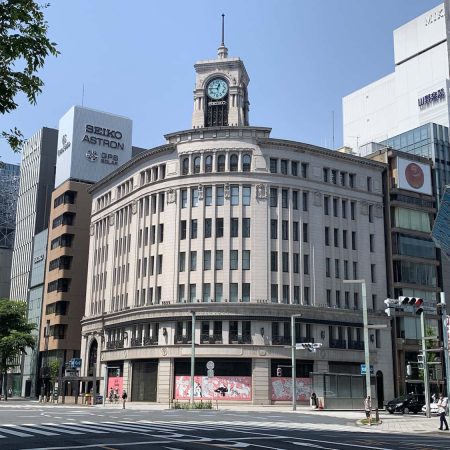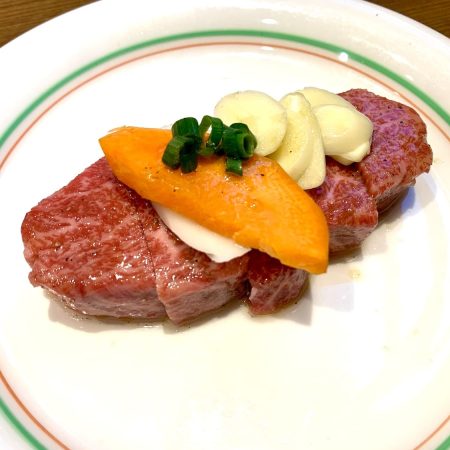Whispers of Time: Ginkaku – Kyoto’s Enigmatic Silver Pavilion
Located within the serene embrace of the Higashiyama Jisho-ji Temple complex, the enigmatic Ginkaku, or the Silver Pavilion, stands as a testament to Kyoto’s rich history. This architectural marvel is more than just a temple; it’s a profound reflection of a bygone era shrouded in political intrigue and artistic inspiration.
Venture into the heart of Ginkaku-ji, a UNESCO World Heritage Site, and you’ll discover a two-storied Kannon Hall that serves as the soul of this sacred space. Crafted by the skilled hands of Ashikaga Yoshimasa, the eighth shogun of the Muromachi shogunate, Ginkaku emerged during a time when political turbulence gripped the land.
Ginkaku’s origins are intertwined with the legacy of Ashikaga Yoshimitsu, the third shogun and grandfather to Yoshimasa. Legend has it that Ginkaku is a duplicate of the renowned Kinkaku, a golden beauty erected by Yoshimitsu. However, Ginkaku was not conceived as a golden counterpart; instead, it arose as a silver-hued haven. Initially constructed as Kitayama-dono, a retirement villa, the completion of Ginkaku’s construction coincided with Yoshimasa’s departure from this world in 1490.
Contrary to its name, Ginkaku’s silver allure is not a result of a metallic sheen. The origins of the name trace back to the Edo period, a time when the temple drew inspiration from the golden-draped Kinkaku. The truth behind the absence of silver foil remains a mystery, veiled in various hypotheses.
As you wander through the temple grounds, a profound sense of quiet elegance envelops you, encapsulating the essence of “Wabi Sabi” – the Japanese concept of quiet simplicity. Ginkaku whispers stories of an era gone by, inviting you to explore the intricate tapestry of Kyoto’s cultural heritage. In the shadow of Ginkaku’s silver brilliance, the echoes of history and the beauty of impermanence converge, creating an experience that transcends time.

